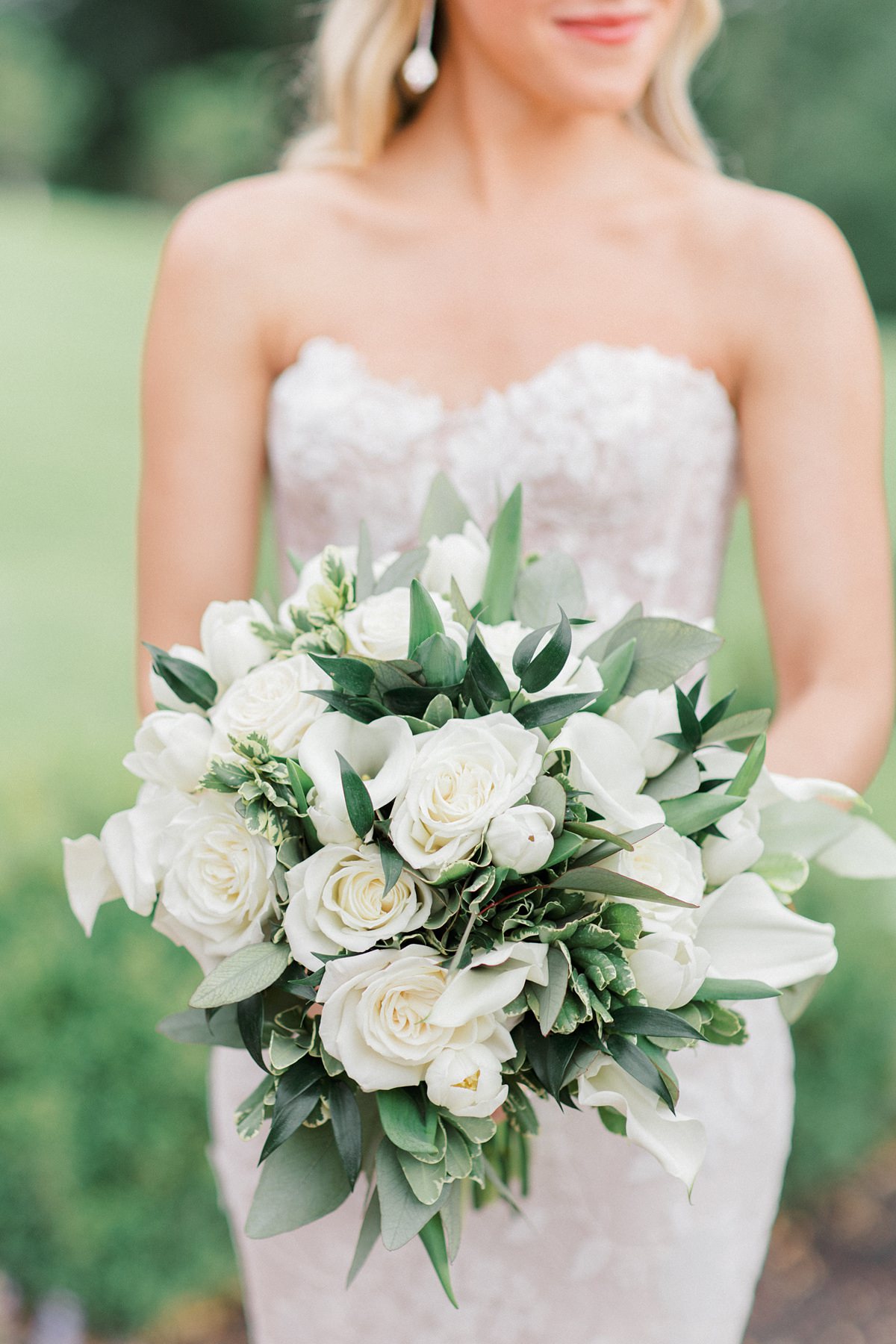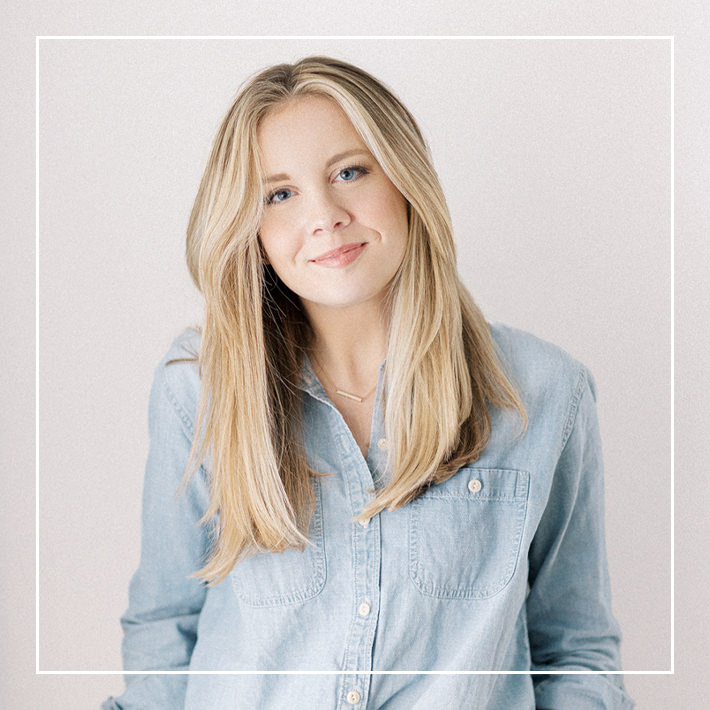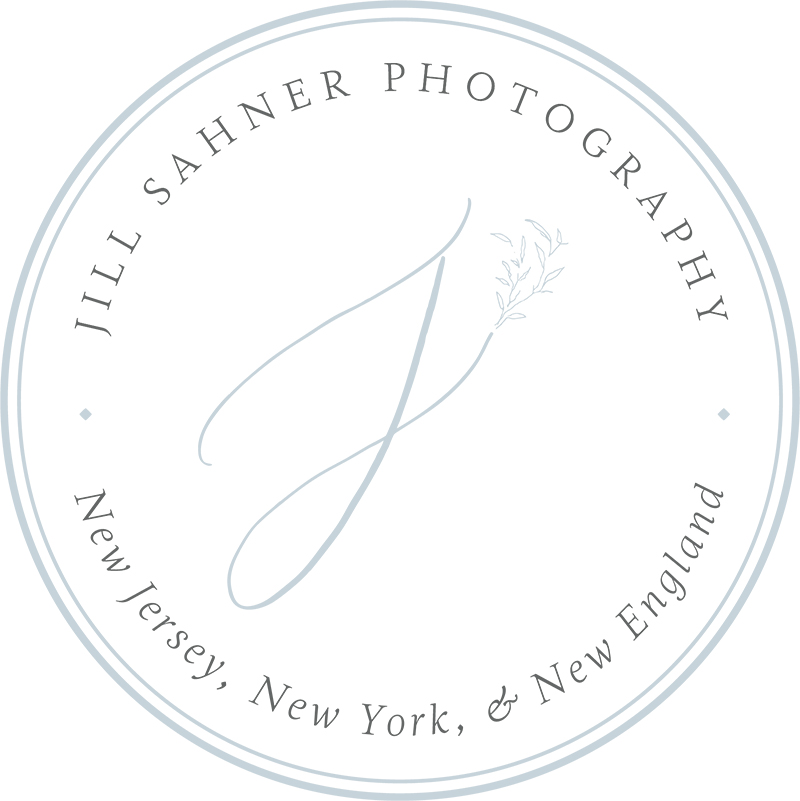
One of the first things a prospective client typically tells me on a wedding consultation call is, “I have no idea where to start with my timeline!” Chances are, if this is your first time planning a wedding, you are probably in the same boat. Luckily, I make wedding timelines like it’s my job — mostly because, it kind of is! At least from a photography perspective.
I am by no means a wedding planner, but I have photographed enough weddings to know what works, what doesn’t work, and how much time we need for each piece of the day for photos. There are always a multitude of factors to take into consideration when building a timeline, including but not limited to:
- What time is your ceremony, cocktail hour, and reception — and how long is each?
- Are you doing a first look, or will we need to do all photos after the ceremony during cocktail hour?
- Is everything onsite, or are there multiple locations that we need to account for travel time to/from?
- If there are multiple locations, how far away is each? How is traffic typically at that time of day?
- If you are not getting ready onsite, how early are you allowed to arrive at your venue?
- What time of year is your wedding, and when does the sun set that day?
- Does your venue require time for a rehearsal before the ceremony on the day-of?
Once each of these questions has been answered, then it’s time to draft your timeline! I have provided three examples below with a 5:00 pm venue ceremony and a 2:00 pm church ceremony to give you a sense of how the day could be structured. If you are using these timelines as a template to create your own, just adjust each time based on when your ceremony, cocktail hour, and reception begin! I generally recommend:
- 30 minutes for details photos (your invitation suite, dress, shoes, jewelry, etc.)
- 1.5 hours for getting ready (getting in your dress can take longer than you’d expect!)
- 1 hour for first look and portraits
- 30 minutes for wedding party photos
- 30 minutes for family photos
- At least 30 minutes before ceremony to be in hiding while guests arrive
- At least 2 hours of reception coverage to capture all must-have moments
Photography coverage typically starts when hair and makeup has finished (photos you’ve seen of hair and makeup being done are usually final touches after artists are already done) and usually does not need to go all the way to the end of your reception. Two hours will usually be enough time to cover introductions, your first dance, parent dances, speeches, cake cutting, and some dancing. If you want to do a sparkler exit and your photography coverage ends before your reception does, consider doing an earlier controlled exit with just your partner and wedding party — you can run back and forth a few times, then head back inside and continue dancing the night away!
*Please note, the timelines below are entirely from a photographer’s perspective. Hair and makeup artists will advise their necessary start time based on when you need to be ready for photos, and your venue (along with your DJ or band) will advise reception timing based on the structure you decide with them — so be sure to check with your other vendors to make sure all timing aligns. And, pro tip, hiring a wedding planner or month-of/day-of coordinator will take this step off your plate! Planners are the creators and keepers of the master timeline, and can be invaluable in ensuring a wedding day runs according to plan.
**Also, keep in mind every photographer structures their photo timelines differently! This is what I have found works best in my own experience, but of course everyone has different preferences and opinions.
Venue Ceremony With a First Look
If you are doing a first look, this means all of your photos can be finished before your ceremony, including your couple’s portraits, wedding party photos, and family photos. I find this is the most stress-free way to structure a wedding day because you are able to have more time for portraits and you won’t miss your entire cocktail hour.
Hours of Coverage: Typically, 8 hours of coverage is sufficient for a wedding day with a first look, and with everything onsite. However, if you are getting ready in a different location or taking portraits somewhere other than your venue, keep in mind you will need to account for travel time (with a buffer in case of traffic, getting lost, etc.) so you can expect needing closer to 9 or 10 hours of total coverage.
12:30pm Photo coverage begins
12:30pm-2:30pm Details & getting ready (2 hr)
2:30pm-3:30pm First look & portraits (1 hr)
3:30pm-4:00pm Wedding party photos (30 min)
4:00pm-4:30pm Family photos (30 min)
4:30pm-5:00pm In hiding pre-ceremony (30 min)
5:00pm-5:30pm Ceremony (30 min)
5:30pm-6:30pm Cocktail hour (1 hr)
6:30pm Reception begins
8:30pm Photo coverage ends (8 hours total)
10:30pm Photo coverage ends (10 hours total)
Venue Ceremony Without a First Look
If you choose not to do a first look on your wedding day, keep in mind you will be missing your entire cocktail hour to take photos. I encourage couples who want to forego a first look to extend their cocktail hour to be 1.5 hours, because we do need at least that much time to capture portraits, wedding party photos, and family photos. It’s also really important to think about sunset time if you do not want to do a first look — if your wedding is in the fall when the sun sets earlier, there might not be any natural light left after your ceremony to do portraits, in which case all of your photos will need to be taken inside with artificial lighting.
Hours of Coverage: Again, 8 hours can suffice in terms of hours of coverage for this wedding day structure, but again keep in mind that if there are multiple locations you will need to start adding more hours of coverage to account for travel time.
1:30pm Photo coverage begins
1:30pm-3:30pm Details & getting ready (2 hr)
3:30pm-4:00pm Bridal portraits (30 min)
4:00pm-4:30pm Wedding party photos (30 min)
4:30pm-5:00pm In hiding pre-ceremony (30 min)
5:00pm-5:30pm Ceremony (30 min)
5:30pm Cocktail hour & a half begins (1.5 hr)
5:30pm-6:00pm Family photos (30 min)
6:00pm-6:30pm Wedding party photos (30 min)
6:30pm-7:00pm Couple’s portraits (30 min)
7:00pm Reception begins
9:30pm Photo coverage ends (8 hours total)
11:30pm Photo coverage ends (10 hours total)
Church Ceremony Without a First Look
While you can still choose to do a first look before your church ceremony, many couples choose to see each other down the aisle so this timeline will follow that structure.
Hours of Coverage: Church ceremonies always require at least 9 to 10 hours of coverage because there are typically many locations that you need to account for in the timeline — from the hotel, to the church, to the venue. Even if the church is only 10 minutes away from where you’re getting ready, I always recommend adding plenty of buffer time to take into consideration traffic, getting lost, walking from cars/shuttle inside, etc.
11:00am Photo coverage begins
11:00am-1:00pm Details & getting ready (2 hr)
1:00pm-1:30pm Travel to church (30 min)
1:30pm-2:00pm Arrive at church, set up (30 min)
2:00pm-3:00pm Church ceremony (1 hr)
3:00pm-3:30pm Family photos at church (30 min)
3:30pm-4:00pm Travel to venue (30 min)
4:00pm-4:30pm Wedding party photos (30 min)
4:30pm-5:30pm Couple’s portraits (1 hr)
5:30pm-6:30pm Cocktail hour (1 hr)
6:30pm Reception begins
9:00pm Photo coverage ends (10 hours total)
Every wedding day is different, which is why every timeline is different! The timelines above are by no means hard and fast rules, but generally these structures are what I have found works best for my couples over the years. Always talk to your photographer so they can understand your main priorities for photos on your wedding day — I have had couples who want to extend their portrait time because their venue’s grounds are large and they want to take advantage of every setting, and I’ve had others who ask that we incorporate more time for them to rest and hangout before their ceremony.
Regardless of how your day unfolds, I highly recommend making choices that will help create the most seamless, stress-free version of your timeline as possible — add buffer time, account for bathroom breaks, and align with all of your vendors ahead of time so there are no surprises on your special day!
Liked this post? Check out these 10 things you haven’t thought about for your wedding day.








